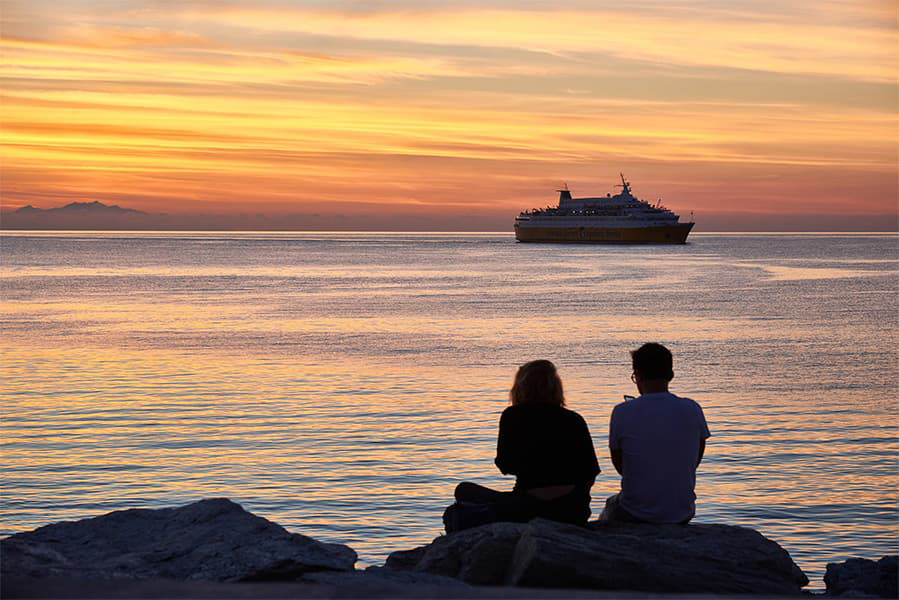Stockholm - St Petersburg
Ferries to Russia
Stockholm - St Petersburg
Ferries to Russia

Find Stockholm St Petersburg ferry prices, view timetables and deals with directferries.ie as well as comparing with other crossings from Sweden or to Russia to guarantee you save on the ticket price.
Use our Stockholm St Petersburg ferry guide to find out all you need to know in order to book your ferry trip to Russia including who sails on the Stockholm St Petersburg route and if there are any other crossings on offer.
Choose Stockholm St Petersburg or an alternative ferry to Russia from our Fare Search now and discover how easy it is to make your ferry reservation.
More routes than anyone else.

Compare fares, times & routes in one place.
Change plans easily with flexi tickets.

Book e-tickets & manage trips in-app.
Live ship tracking & real-time updates.

Top-rated customer support when you need it.
The earliest mention of Stockholm in writing dates from 1252, when it was an important post in the iron trade from the mines in Bergslagen. The first part of the name — stock — means log, while the last part — holm — means islet or small island. The full origin of the name is disputed. The city is said to have been founded by Birger Jarl in order to protect Sweden from invasion from the sea by foreign navies and to stop pillage of the cities such as Sigtuna on Lake Mälaren. The first building at Stockholm was a fortification for the purpose of controlling the traffic between the Baltic Sea and Mälaren. Under the leadership of Magnus Ladulås Stockholm developed into an important trade city in the following decades, advanced through relations with Lübeck of the Hansa league. In 1270 Stockholm appears in historical documents as a city and in 1289 it was described as the most populated city in the Swedish region.
With a colourful past stretching back to its eponymous founder Tsar Peter the Great in the 1700s, the city of Saint Petersburg is widely considered the cultural and historical capital of Russia. Situated at the far-eastern end of the Gulf of Finland in the Baltic Sea, the metropolis is home to a plethora of international banks and businesses as well as a major seaport that specialises in the export of gas and oil throughout Europe. The clash of architecture found in the city centre is testament to its multifaceted past. The monumental Winter Palace, once the home of Russia’s monarchs, is a dramatic Baroque structure on the shores of the palace embankment, while the gold-trimmed bell towers of the Smolney Convent to the south of the Neva river soar into the Russian skyline. The port of St Petersburg is located on the western edge of Vasilevsky Island, a district of the city that is separated from the mainland by a fork of the Neva River. There is no overground train to the island, though an underground line runs from the south of the city to Primorskaya station just a half an hour walk from the harbour. Buses and Marshrutkas (city mini-buses) regularly make the short trip over one of the island’s four bridges too, taking passengers within minutes of the ferry terminal from stops across the city. The cruise terminal, named Marine Façade, won the Best Port award in 2009 due to its comfortable, modern facilities that allow for the smooth handling of passenger traffic. The large building houses a cash machine, post office and souvenir shop, as well as a designated meeting spot for tour guides who offer trips through the historic streets of St Petersburg. Ferries operated by St Peter Line leave the port a number of times throughout the week. All of the routes sail west across the Baltic Sea to stops in Stockholm, Sweden; Helsinki, Finland; and the multiple day trip to Tallinn in North Estonia.